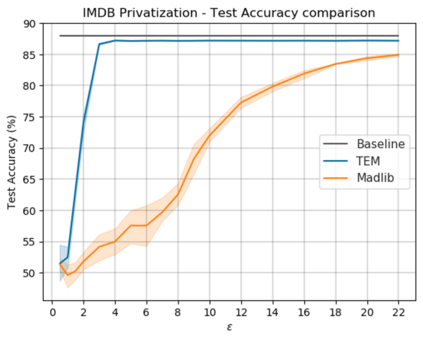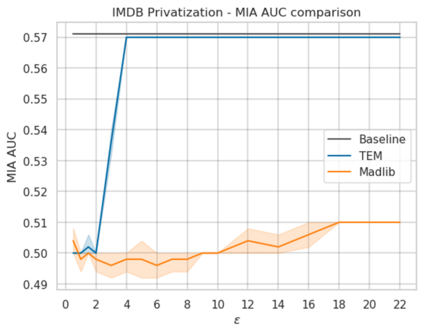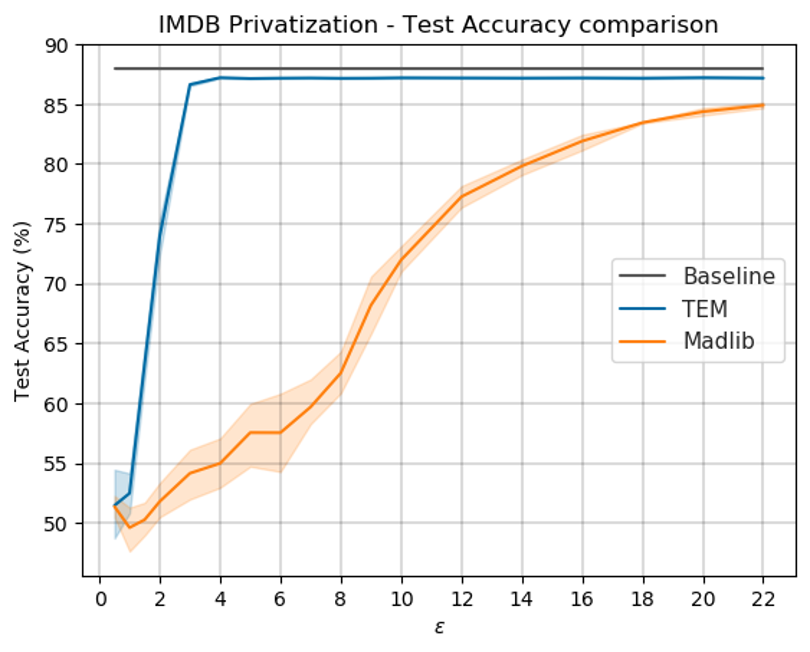Ensuring the privacy of users whose data are used to train Natural Language Processing (NLP) models is necessary to build and maintain customer trust. Differential Privacy (DP) has emerged as the most successful method to protect the privacy of individuals. However, applying DP to the NLP domain comes with unique challenges. The most successful previous methods use a generalization of DP for metric spaces, and apply the privatization by adding noise to inputs in the metric space of word embeddings. However, these methods assume that one specific distance measure is being used, ignore the density of the space around the input, and assume the embeddings used have been trained on non-sensitive data. In this work we propose Truncated Exponential Mechanism (TEM), a general method that allows the privatization of words using any distance metric, on embeddings that can be trained on sensitive data. Our method makes use of the exponential mechanism to turn the privatization step into a \emph{selection problem}. This allows the noise applied to be calibrated to the density of the embedding space around the input, and makes domain adaptation possible for the embeddings. In our experiments, we demonstrate that our method significantly outperforms the state-of-the-art in terms of utility for the same level of privacy, while providing more flexibility in the metric selection.
翻译:确保数据用于培训自然语言处理(NLP)模型的用户的隐私对于建立和维持客户信任是必要的。差异隐私(DP)已成为保护个人隐私的最成功方法。然而,将DP应用于国家语言处理域面临独特的挑战。最成功的以往方法对公用空间使用通用DP,并通过在字嵌入的度量空间投入中增加噪音来应用私有化。然而,这些方法假定正在使用一种特定的距离措施,忽略输入周围空间的密度,并假定所使用的嵌入空间已经就非敏感数据进行了培训。在这项工作中,我们提议了一种总的方法,允许使用任何距离的公用权展示机制(TEM)使语言私有化,用于嵌入敏感数据。我们的方法利用指数机制将私有化的步伐转换成一个字嵌入问题。这样可以使所应用的噪音与输入空间的密度相校准,并使嵌入的域有可能用于嵌入的不敏感数据。在我们的实验中,我们提出了使用任何远程公用度的一般方法(TEM),可以使用任何远程公用度的公用机制,用来嵌入敏感数据。我们用率将大大地显示我们的精确度水平。我们的方法比标准。







